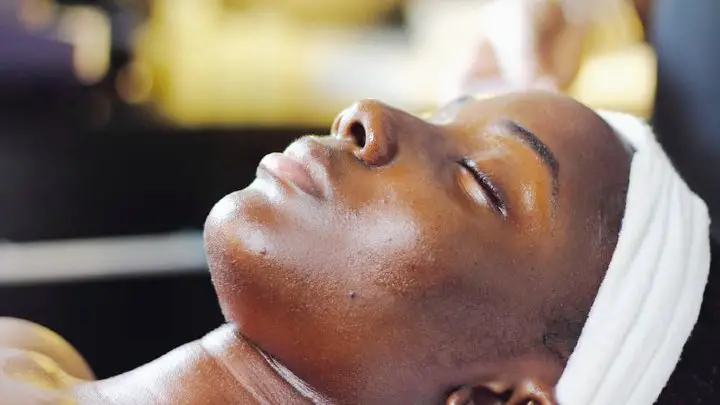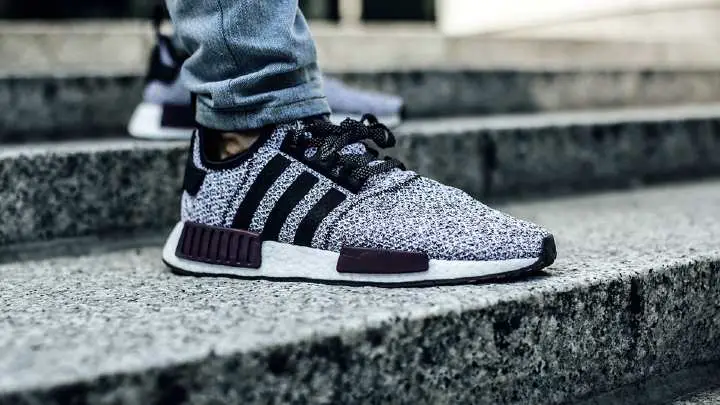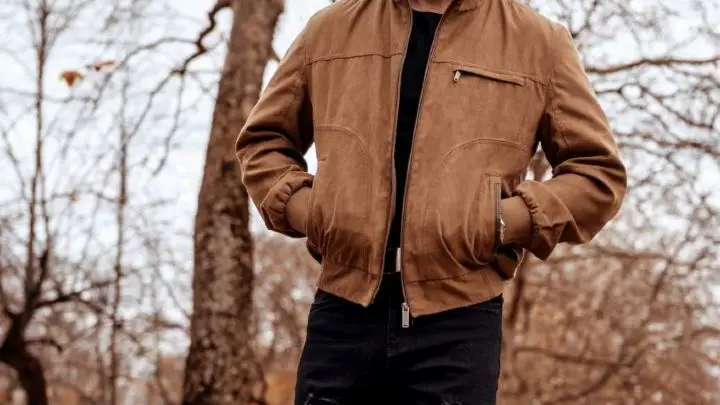What is dermalinfusion?
Dermalinfusion is a non-invasive skin treatment that focuses on exfoliation and extraction and serum infusion. It can help with a variety of skin concerns, including hyperpigmentation, rosacea, and fine wrinkles.
This article discusses what dermalinfusion is, how it can benefit your skin, and more. So if you’re curious and want to learn more about it, keep reading.
What Is Dermalinfusion?
Dermalinfusion is a multi-step, noninvasive skin-resurfacing treatment that combines exfoliation, extraction, and infusion of specific serums to improve skin health.
This procedure is safe for all skin types and can be done on any area of the body, including your face, neck, chest, hands, back, and arms.
It’s also customizable and allows providers to treat a variety of conditions such as fine lines and wrinkles, acne scars, hyperpigmentation issues, and dry skin.
You may need multiple treatments to see desired results, but many people see improvements after only one treatment.
SEE: These Helpful Treatments Can Help Remove Dark Spots on Your Skin
How Does Dermalinfusion Work?
Dermalinfusion works in three ways:
Exfoliation
Exfoliation removes the outermost layer of dead skin cells from the skin, which helps to reduce the appearance of fine lines and wrinkles while revitalizing dull or dehydrated skin.
Extraction
Extraction cleans out pores by removing dirt, oil, and other impurities from the surface of the skin. This helps reduce breakouts and improves congested or enlarged pores.
Serum Infusion
Serum infusion delivers condition-specific ingredients such as hyaluronic acid and peptides into the deeper layers of the skin via pressurized flow. This helps provide additional benefits based on each patient’s unique skincare needs.
How Is It Done?
The treatment provider first uses a diamond tip to exfoliate the surface of the skin. This removes dead skin cells and increases the absorption of products into the skin.
They will then use an oscillating vacuum to pull out dirt, oil, and other impurities from your pores. Finally, the treatment provider infuses serums into the freshly opened pores to treat specific conditions such as acne or aging.
What Does Dermalinfusion Treat?
Dermalinfusion can treat several skin conditions and is also effective for general skin health.
The procedure can treat:
- Aging signs (fine lines and wrinkles)
- Hyperpigmentation and blotchy skin tones
- Acne
- Dry skin
- Sun damage
- Rosacea
- Psoriasis
- Eczema
- Enlarged pores
SEE: Practical Ways to Have Clear Skin [Expert Guide]
What Are the Benefits of Dermalinfusion?
1. Customizable treatment
Dermalinfusion is fully customizable and the versatility of this treatment allows it to address a wide variety of skin concerns.
2. Immediate improvement
Dermalinfusion provides an immediate improvement in overall skin tone, texture, and translucency with no downtime. You can see the results instantly with dermal infusion and the results will continue to improve over time.
3. Safe for all skin types
Dermalinfusion is a safe and effective treatment for all skin types. The non-invasive treatment is also safe for all areas, including the face, neck, chest, hands, back, and legs.
Additionally, this treatment is safe to use during pregnancy and on patients who are using Retin-A or other types of retinoids.
4. Addresses a variety of skin concerns
Dermalinfusion can treat many skin conditions, including psoriasis, dull or dry skin, dryness, keratosis pilaris, uneven texture, and eczema. It can also help with enlarged pores, hyperpigmentation, fine lines and wrinkles, stretch marks, acne scarring, sun damage, and melasma.
5. Helps your skincare products penetrate better
Dermalinfusion also makes it easier for skincare products to penetrate your newly exfoliated skin. That way, you get more out of the ingredients in those products.
SEE: Different Ways To Correctly Use Skin-Lightening Products
6. Exfoliation, extraction, and infusion in a single treatment
Dermalinfusion exfoliates the skin by gently removing dead skin cells and impurities. It also extracts impurities from the skin while infusing it with serums containing vitamins, antioxidants, and other nutrients.
How Is Dermalinfusion Different From Other Treatments?
While there are many great treatments out there, dermalinfusion is unique in its ability to exfoliate, extract impurities, and infuse serums all at the same time. This means less redness, a shorter treatment time (usually 30 minutes), and less risk of irritation to the skin.
Besides, this treatment works on all skin types (including sensitive and acne-prone skin) and provides immediate and long-term results for the face and body.
How Much Does Dermalinfusion Cost?
The cost of a single dermalinfusion treatment varies from doctor to doctor. Typically, however, it will range from around $175 to $300, depending on your location.
The cost is also dependent on how many areas you would like to treat. Of course, the more areas and the larger the area, the more expensive your treatment will be.
There are also special discounts that can be offered by the medical professionals that offer this service.
How Long Does It Take to See Results?
Dermalinfusion results can vary depending on the individual, but you may notice improvement right away. You can also expect to see an improvement in your skin over the following days, as the entire process of skin renewal is completed.
Your provider will work with you to come up with a customized treatment plan based on your individual needs, goals, and expectations.
Side Effects of Dermalinfusion
Skin redness and irritation
The most common side effect of this procedure is redness and irritation at the treated area. This generally goes away after several days, but if it does not, you should contact your doctor immediately.
Infection
Your skin may be more likely to get an infection from this procedure. Talk with your doctor if you think you have an infection or if you have any concerns about this side effect.
Bleeding, bruising, or scarring
You might bleed more than usual or get bruises where you’ve received the treatment. These usually go away in a few weeks, but if they persist for longer than a few weeks, seek medical attention.
Swelling and dryness
Most people experience some level of swelling after their treatment. This will typically go away within 24-48 hours but you can cover it with makeup if necessary. Dryness is also typical and may last up to three days after your procedure.
Hyperpigmentation or hypopigmentation
Additionally, this treatment may cause hyperpigmentation (darkening of the skin) or hypopigmentation (lightening of the skin). These side effects are typically temporary but you can treat them with over-the-counter products.
You should also avoid direct sunlight or tanning beds after dermalinfusion, as this can make any darkening or lightening worse.
Alternative Treatments to Dermalinfusion
Microneedling
This procedure uses tiny needles to make tiny wounds in the skin. The wounds trigger the skin’s natural healing response and increase collagen production, therefore helping to heal a variety of skin issues.
Exfoliation
Whether it’s through mechanical or chemical means, exfoliation is one of the most effective ways to improve your complexion. It allows you to remove dead skin cells that dull the complexion and can even help treat common skin concerns like acne, hyperpigmentation, and fine lines and wrinkles.
SEE: How to Exfoliate Your Skin: Your Skin Type Is Your Safety Compass
LED therapy
This painless treatment uses light therapy to target various skin concerns. Red light is used to target fine lines and wrinkles; blue light helps treat acne, and yellow light targets areas of hyperpigmentation.
HydraFacial
Another alternative to dermalinfusion is the HydraFacial. This treatment uses a vacuum-like device to hydrate and exfoliate the skin, then infuse it with oxygen and topical serums.
The exfoliation and infusion are performed at once, rather than separately, as in dermalinfusion.
Extractions
Extractions are typically performed during a facial, but it’s good practice to get them done every month or two if you want to improve your skin’s tone and texture. The procedure also helps dislodge stubborn blackheads and breakouts to keep pores clear.
Ultherapy
Yet another alternative treatment is Ultherapy, which uses ultrasound energy to lift and tighten skin without needles or surgery.
FAQs
How long does dermalinfusion take?
30 minutes to 1 hour. Dermalinfusion is an in-office treatment that takes 30 minutes to 1 hour to perform, depending on your skin condition and area treated.
You will see an improvement in your skin immediately and continue to see improvements over the next few weeks as your skin continues to heal.
How much does dermalinfusion machine cost?
The dermalinfusion machine costs anywhere from $40,000 to $80,000. Many companies sell the machine, so you can shop around and find a good one that suits your budget.
How often should you get dermalinfusion?
Experts recommend a series of six treatments spaced two weeks apart. After six treatments, you will experience a renewed glow, softness, and hydration.
Conclusion
Dermalinfusion is a safe and painless skin-resurfacing treatment that exfoliates, extracts, and infuses. The three-in-one approach to improving the skin is unlike any other non-invasive treatment on the market.
Dermalinfusion can address several skin concerns, including wrinkles, fine lines, and pigmentation. It’s also excellent for all skin types and can be used on several areas of the body including the face, neck, chest, hands, back, and arms.
Thanks for reading.
Check out Africana Fashion to learn more about dermal infusion and other skin treatments.






